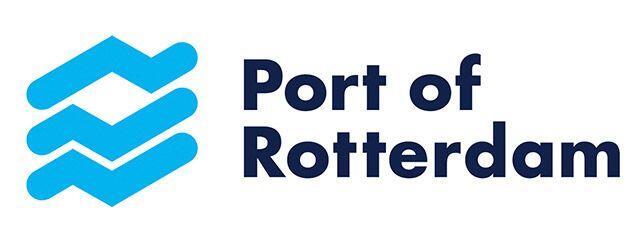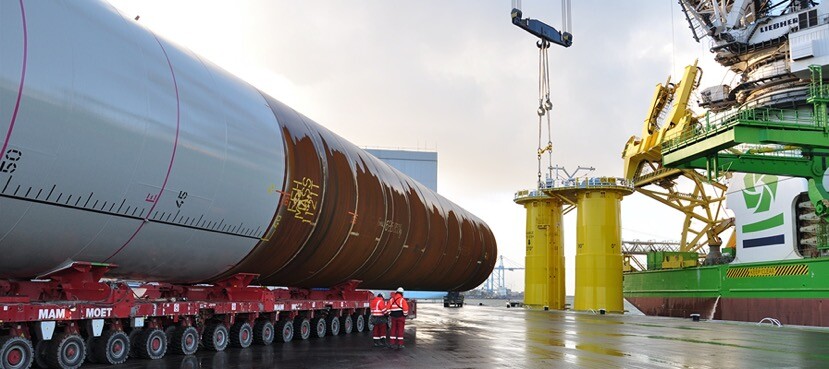Interview with
Mr. Twan Romeijn
Business Manager Breakbulk and Offshore, Port of Rotterdam Authority

First of all let me ask you Twan, the Port of Rotterdam is world famous. Does the port really need to “sell” itself?
Good question Bo. I believe that the Port of Rotterdam is known worldwide. Being the largest port in Europe, facilitating thousands of companies, handling millions of tonnes of cargo and generating thousands of employment possibilities, it actually sells itself.
However, the port is also a very dynamic area which changes constantly. Next to this, the economic market conditions also change constantly which have an impact on trade lanes, transport types, goods being transported and handled. As the Port of Rotterdam, we try to adapt to this by setting the right conditions in terms of infrastructure, strategy and ambition. Sharing these possibilities and ambitions helps us by maintaining our good position in the industry and provide room for future growth.
Take, for instance, our ambition to become the number one breakbulk port in Europe. I strongly believe that this is not yet known by the whole supply chain. About 2 years ago, we first shared this ambition and started to actively invest in the breakbulk industry, conduct business development activities, and bring companies together to do business. This resulted in an increase in volumes being handled in 2019 and an increasing number of vessel visits. It is our ambition to further stimulate this and to attract more breakbulk activity to the Port of Rotterdam.
Photos (c) Cargow
Tell us about your department Breakbulk and Offshore. What is the main function?
First of all, it is not really a department. It is more a focus area.
Being Business Manager for the Breakbulk and Offshore industry means that my main focus area is the Breakbulk and Offshore industry. Together with two other colleagues Melvin Hage (Business Manager Breakbulk) and Joost Eenhuizen (Business Manager Offshore) we handle both industries. In this, I am responsible for the shipping companies, forwarders, cargo owners, traders and agencies that are active in the field of breakbulk and offshore. Thus, I work closely with supply chain players to set the right conditions, make new combinations, develop new services, attract new cargo and find solutions to difficult handlings. In this, we focus on multiple segments; steel, non-ferrous metals, forest products and heavy lift & project cargo. Together, we try to set the right conditions (from a business climate and infrastructure perspective) to make sure that the companies that are active in Rotterdam are able to perform the best they can.
Say I am an Asian shipowner interested in project cargo, and I am considering where to place one of my European port calls. Would you, in this case, be the one to contact first? What you can do for me?
Yes, that is absolutely possible. Especially from a project cargo perspective, Rotterdam has a lot to offer! It would be our pleasure to help them find the right solution. In this, I can assist the shipowner in connecting with the right stevedoring company (depending on draft, lead time, crane capacity, quay capacity, hinterland transport modes, etc.). After that, I can help him in connecting with the right service companies such as floating crane operators. Besides that, I will inform him on the tri-modal hinterland connections and our harbour dues tariffs.
Say I am a project freight forwarder. I have a project for inland Europe, and I am thinking about where to tranship my project, Antwerp, Rotterdam, Zeebrugge, Hamburg, etc. Would you be the one to contact and tell us how you could help and lay out what connections you could hook me up with via the port of Rotterdam?
For sure I can help them further! Being a hub in Europe from a shortsea and inland perspective gives freight forwarders lots of opportunities in Rotterdam. Due to our direct access to the sea, the first hurdle is out of the way and gives freight forwarders an advantage in terms of lead time. Next to that, our tri-modal connections all over Europe will make sure that freight forwarders have multiple options for transporting their goods through Rotterdam.
Our tri-modal connections consist of inland waterways, train tracks and, of course, trucking. Within the Port of Rotterdam Authority, we have a logistics department that focuses on these inland transport routes and is glad to help freight forwarders out in finding the right transport mode from a time and cost perspective. I truly believe that our tri-modal network is best in class compared to other ports. This is due to the high frequency, possibility of multiple operations and quick lead times for all of Europe.
What facilities do you have in the port of Rotterdam for heavylift handling? I believe you have floating cranes, shore cranes and all sorts as a world class port should have. Tell us about some of the major and biggest projects you have handled in the port.
The Port of Rotterdam is home to multiple, heavy lift specialists. Some of our stevedoring companies really specialised themselves in offering heavy lift services. They did this by upgrading their quay capacity, investing in shore cranes with high lifting capacity, and having large project areas. Next to that, from a service provider perspective, the Port of Rotterdam is home to the largest fleet of floating cranes and houses companies that are delivering high class, lifting material. All in all, Rotterdam is, in my opinion, the place to be with respect to heavy lift and project cargo.
This is also why many projects find their way into Rotterdam. When looking back over the last months, we, for instance, saw a very spectacular shipment of cascos being discharged in the port. With the use of 5(!) floating cranes simultaneously, the barge cascos (weighing up to 2275 tonnes) were offloaded from the vessel!
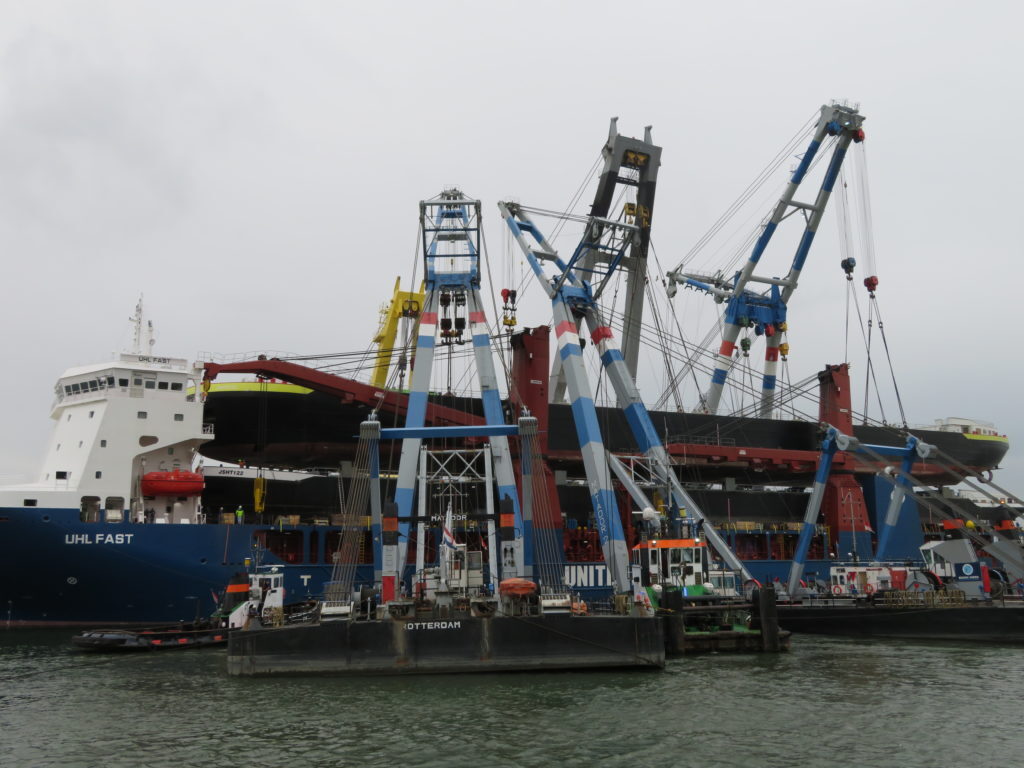
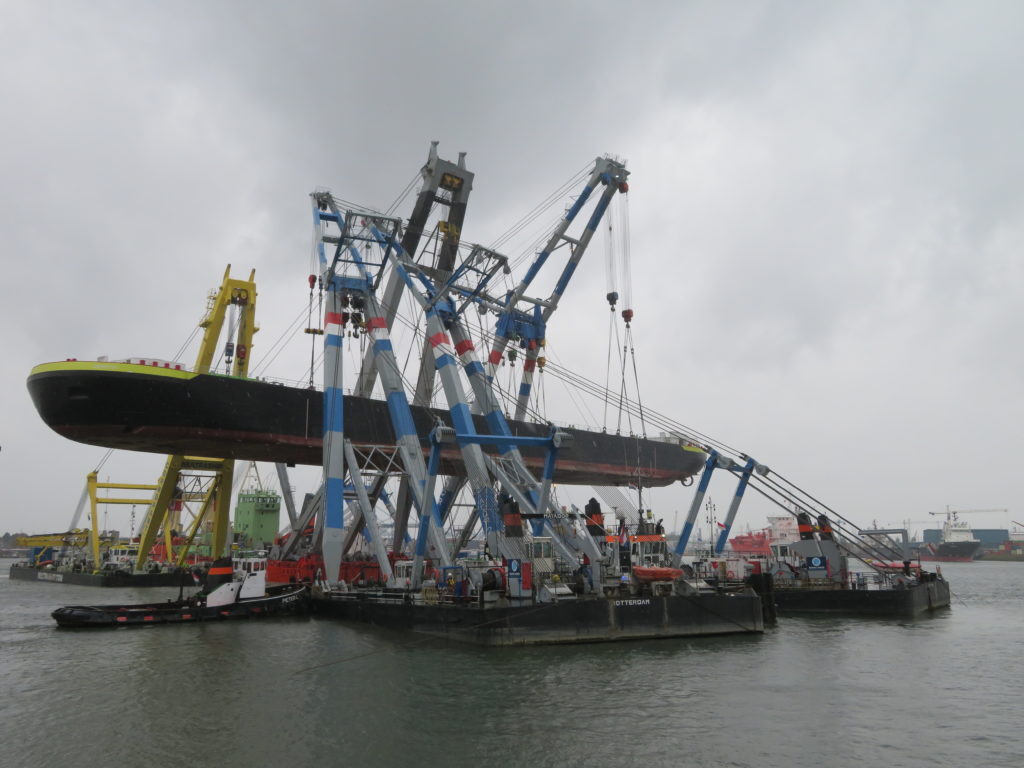
But also project cargoes related to the offshore industry find their way into Rotterdam. Monopiles, jackets, blades and tower sections come to mind. Other project cargo shipments that took place in the last months were the transportation of large gas turbines, transformation stations and brewery tanks. So all in all, a lot is happening within Rotterdam, which makes working in this segment extremely interesting and satisfying!
Cost is always a factor. Can you compete with ports such as Antwerp and Hamburg?
Within the industry, Rotterdam is stated to be rather expensive compared to other ports. However, this statement is mostly made when looking solely on the nett harbour dues that are charged by the Port of Rotterdam. However, when looking at the costs associated with the whole port call, I dare to say that Rotterdam is a way more interesting option compared to other ports. This from a costs perspective but also from an operational perspective. Our shorter lead times, number of companies to do business with, large number of service companies active in Rotterdam, and our connectedness to the rest of Europe, will all have a positive impact on the costs associated with a port call, making it more interesting to choose Rotterdam.
What makes Rotterdam as a port stand out in your own view?
Large number of companies that are active in the field of breakbulk
- 14 stevedoring companies having the capacity over 22 terminals
- Infrastructure perspective (state of the art cranes, quay sides, deep draft, direct access to sea (so no locks!))
- Over 180 breakbulk related vessels visit the port of Rotterdam every month (6/7 daily)
- Large diversity of shipping companies with destinations all over the world
- Numerous service companies present in Rotterdam (floating cranes, lifting material, etc.)
Diverse portfolio of expertise (steel, non-ferrous, forest products and HLPC).
- Maintaining a stable volume and activity (For instance now the steel industry is having a really rough time, however, the non-ferrous industry is continuing shipments. This will ensure that a stable volume is maintained.)
- Combination of base cargo (steel, non-ferrous & forest products) and HLPC is perfect! Shipments can be combined, thus saving costs.
Connectedness to the rest of the world (deepsea, shortsea & inland transportation)
Fit for the future: heavily investing and promoting sustainability and digitalisation solutions
- Sustainability: think of solar panels on warehouses, shore power, offering LNG & electric cranes
- Digitalisation: providing products to increase efficiency (PortXchange) or give insights in supply chain solutions (Navigate) (Note: For now this is mostly focussed on the container industry but things are in motion to also generate this for the breakbulk industry.)
First of all, we have a large number of companies that are active in the field of breakbulk. There are 14 stevedoring companies having the capacity over 22 terminals which means that we have state of the art cranes, quay sides, deep draft, and direct access to sea—so no locks! In addition, there are numerous service companies present in Rotterdam to supply floating cranes, lifting material, etc. as needed. Lastly, there is a large diversity of shipping companies with destinations all over the world.
Over 180 breakbulk-related vessels visit the port of Rotterdam every month (6/7 daily). This gives us a diverse portfolio of expertise, especially in steel, non-ferrous, forest products and HLPC. In addition, the port maintains a stable volume and activity. For instance now the steel industry is having a really rough time, however, the non- ferrous industry is continuing shipments. As a result, shipment of base cargo (steel, non- ferrous & forest products) and HLPC can be combined, thus saving costs.
Then, there is our connectedness to the rest of the world (deepsea, shortsea & inland transportation), including our tri-modal network.
Lastly, the Port of Rotterdam is fit for the future. It is heavily investing in and promoting sustainability and digitalisation solutions. In terms of sustainability, think of solar panels on warehouses, shore power, offering LNG & electric cranes. As far as digitalisation, we are providing products to increase efficiency (PortXchange) or give insights in supply chain solutions (Navigate) (Note: For now this is mostly focussed on the container industry but things are in motion to also generate this for the breakbulk industry.)
When traveling in Asia, I have found that most don’t know about transport solutions using the inland river system in Europe. Would you be able to elaborate on the ways/means you can offer via the Port of Rotterdam in terms of solutions to the inland points?
Advantages IWT:
- Large volumes and low cost for direct transport of goods to and from main large companies situated along and close to the European waterway network.
- Inland waterway transport has an excellent energy and carbon record.
- No congestion on IWT infrastructure (large capacity of infrastructure) ; Road network in Europe is more and more congested and also capacity of rail network is for both goods and passenger transport.
Rotterdam is the largest port in Europe and the best connected to the European inland waterway transport network!
Additional Information on the Advantages of Inland Waterway Transport
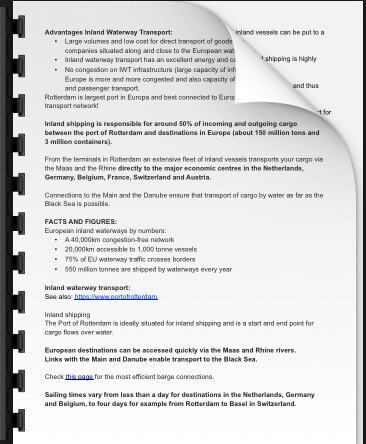
View the Advantages of Inland Waterway Transport PDF
Has COVID-19 affected your business or are you back to “business as usual”?
COVID-19 is, unfortunately, still affecting our business. Of course, it has a major impact as it really slowed down the economy. Slowing down the economy means that investments are being postponed, production is being slowed down (or even shut down!)—all of which have a negative effect on the breakbulk industry. However, we also see that the way of business is changing. I, for instance, have been working from home for the last six months. I haven’t been able to travel to other countries to get in touch with relations, and there is currently little room for business development. I really miss the face-to-face interaction and looking for opportunities together. Through a screen, this is way more difficult and less interesting! Hopefully, the situation will soon go back to normal, but I truly don’t know what to expect given a possible second wave, a cure, etc.
How is it best for our readers to get in touch with you?
Here are my contact details with pleasure:
- Twan Romeijn
- Email: t.romeijn@portofrotterdam.com
- Mobile phone: +31 (0)6 11 62 14 82
- Website: https://www.portofrotterdam.com/
- LinkedIn: https://www.linkedin.com/in/twanromeijn/
